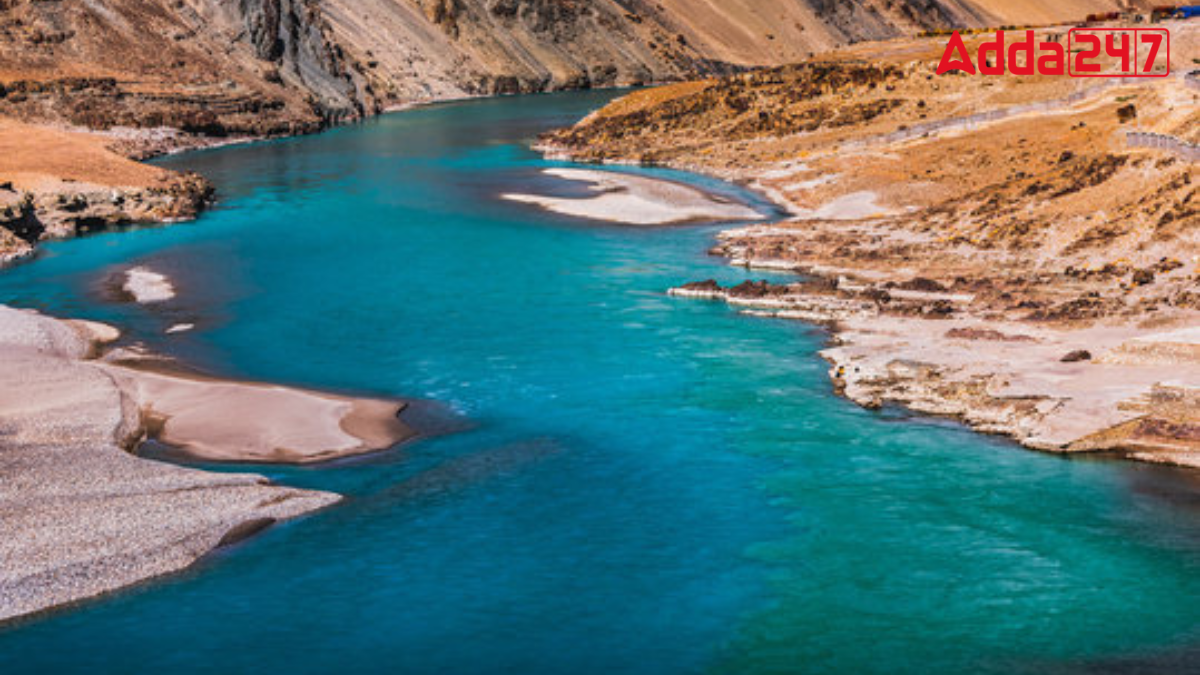The Indus River, a symbol of resilience and vitality in South Asia, weaves through the rugged terrains of the Tibetan Plateau, Himalayas, and the plains of Pakistan. Its origins near Lake Mansarovar and its meandering course through diverse landscapes have fascinated scholars and adventurers alike. Delving into its length sparks debates among geographers, highlighting the river’s enigmatic and enduring presence in the region’s geography and history.
Origin of Indus River
Originating from the Kailash Range glaciers near Mansarovar Lake, the Indus River meanders through the Himalayan ranges before flowing into the Arabian Sea. Its journey encompasses breathtaking gorges, fertile plains, and bustling cities.
Length of Indus River
The Indus River stretches an impressive 3,180 kilometers (1,980 miles), making it the longest river in the Indian subcontinent and the seventh-longest in Asia. Known as “Sindhu” in Sanskrit, it forms the backbone of the Sindhu River System, a vital component of the region’s fertility and prosperity.
Tributaries of Indus River
The Indus River and its tributaries have been the lifeline for millions, providing water for irrigation, transportation, and sustenance. Here are the names of the tributaries of Indus River:
- Jhelum
- Chenab
- Ravi
- Beas
- Satluj
Significance of Indus River
- Historical Importance: The Sindhu River System is integral to the ancient Indus Valley Civilization, which flourished along its banks. Its name “Indus” is derived from the Sanskrit “Sindhu,” underscoring its cultural and historical importance.
- Geographical Scope: The system comprises six perennial rivers: the Indus, Jhelum, Chenab, Ravi, Satluj, and Beas. These rivers traverse through the picturesque landscapes of India and Pakistan, sustaining millions of lives.



